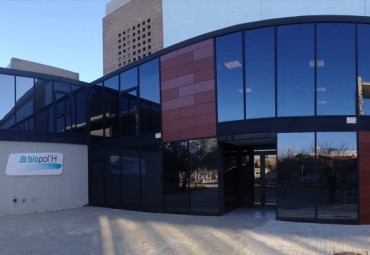The roles of the bilateral MdLF and ILF in verbal effectiveness and lexical retrieval in post-stroke aphasia
Neuroplasticity is observed in post-stroke aphasia, an acquired language disorder caused by brain damage. Structural and functional compensation were seen for language functions in both grey and white matter, and in some cases, extended to the contralesional (right) hemisphere. The roles in language of the middle and inferior longitudinal fasciculi (MdLF and ILF, respectively), which both originate in the temporal lobe, are highly debated with wide-ranging suggestions for their potential function, including lexico-semantics. Therefore, the current study investigated whether there are macro- and microstructural differences in the bilateral MdLF and ILF between individuals with post-stroke aphasia and healthy controls as a result of brain damage and (contralesional) neuroplasticity, and whether these tracts contribute to verbal effectiveness and lexical retrieval. Verbal effectiveness is a measure of the ability to convey a message to a listener by expressing the necessary content units using spoken language. Lexical retrieval was measured with a picture-word interference task and a context-driven picture naming task. Using probabilistic tractography, microstructural differences between group and hemisphere were found for the left MdLF and ILF. Verbal effectiveness was significantly related to fractional anisotropy and mean diffusivity of the left ILF for individuals with aphasia, but no significant correlations with structural measurements were seen for the two picture naming tasks. The implications of these results are discussed.
We appreciate being punctual in the connection.
ZOOM LINK: https://ub-edu.zoom.us/j/91235728676
Modular Building, room 1.5
 |

